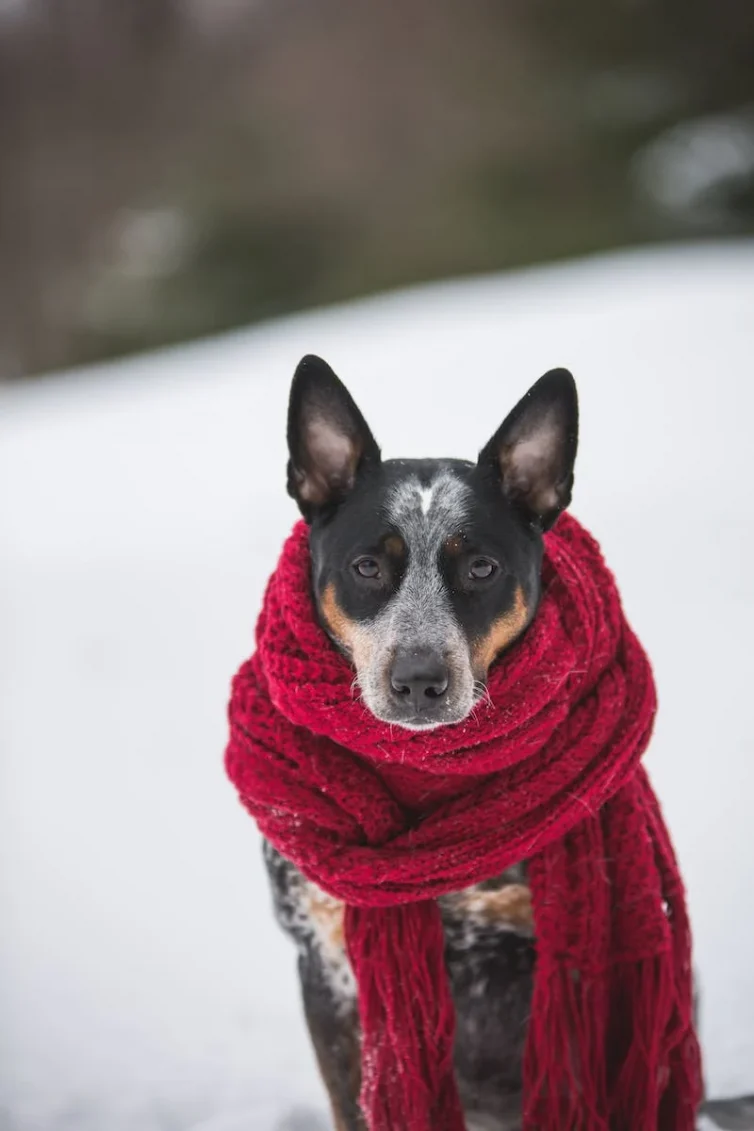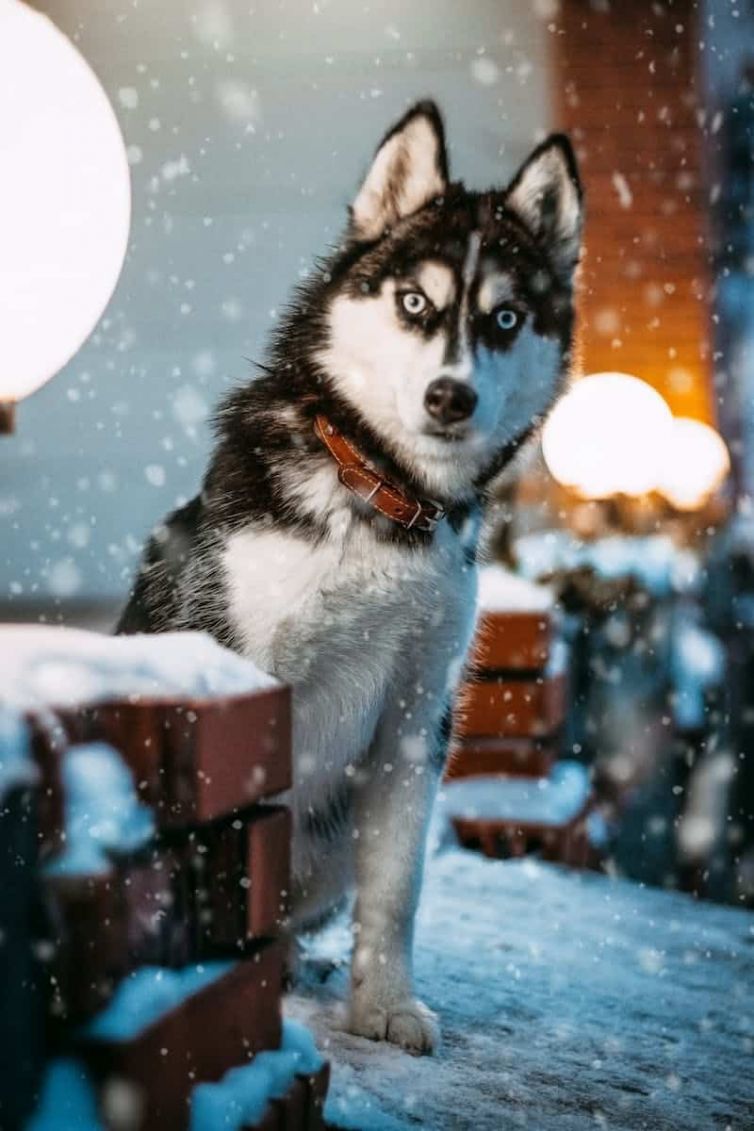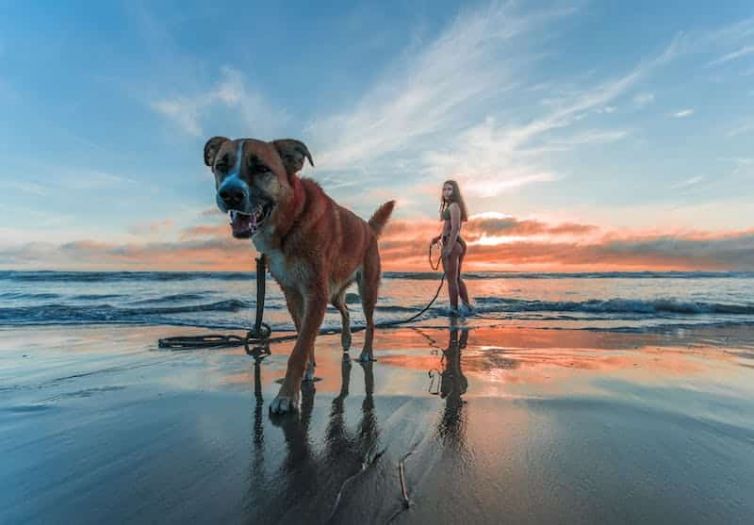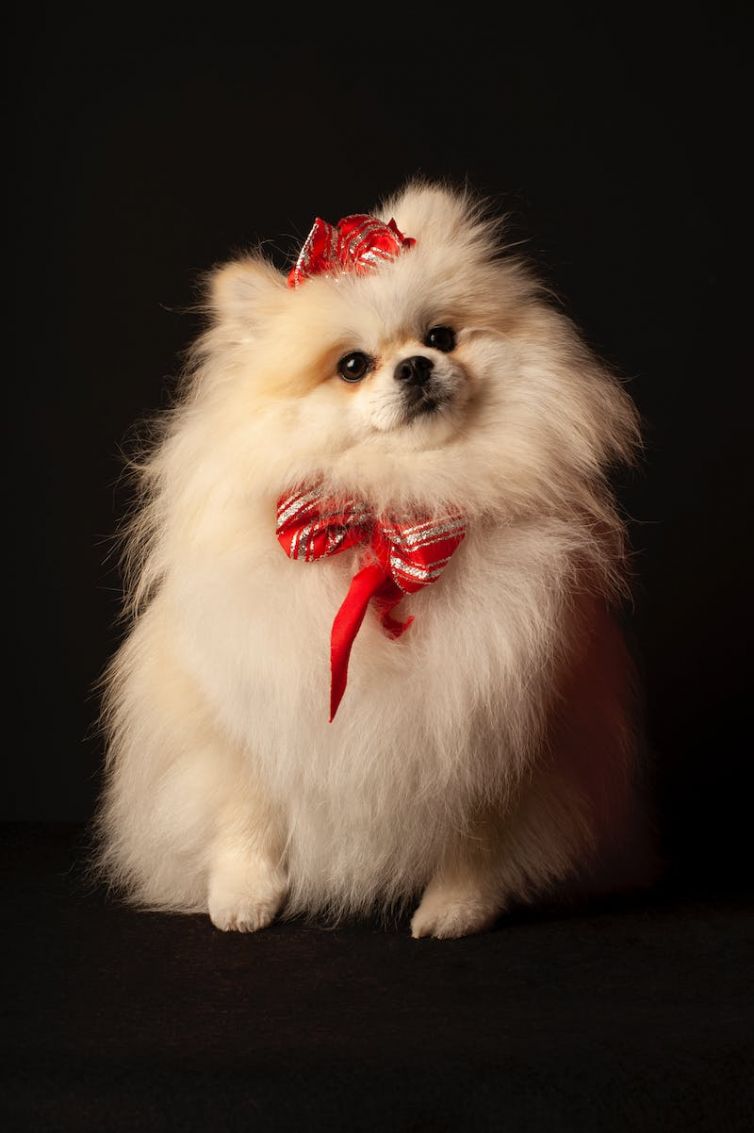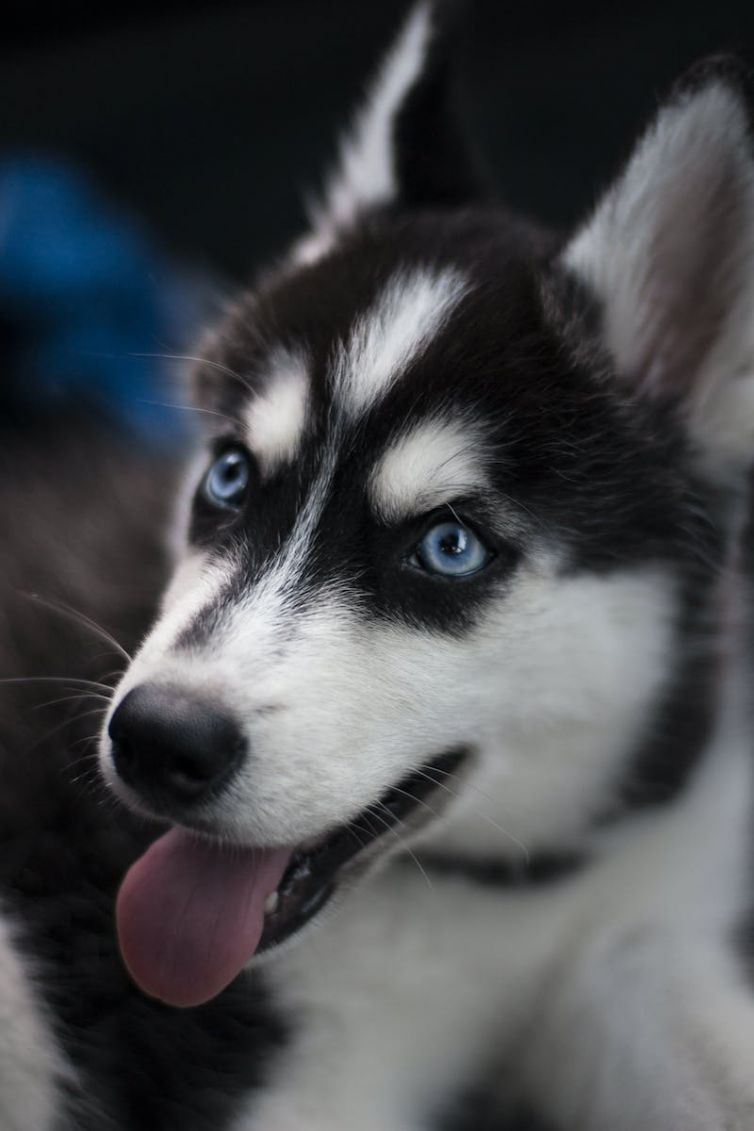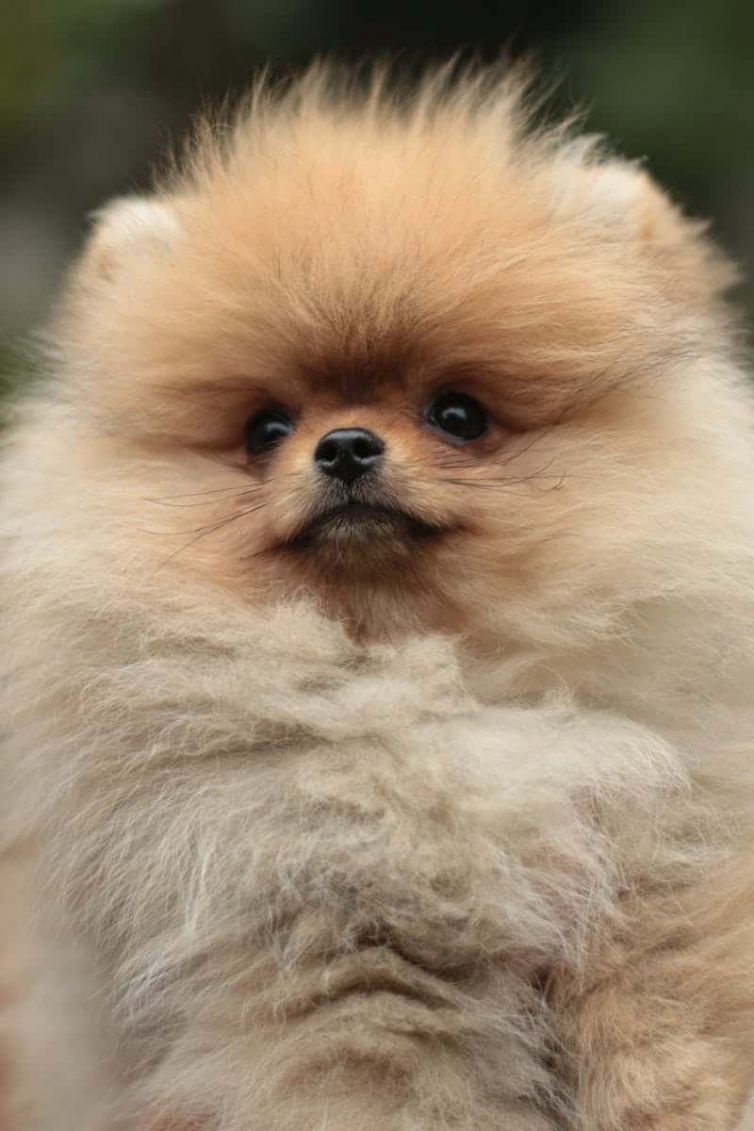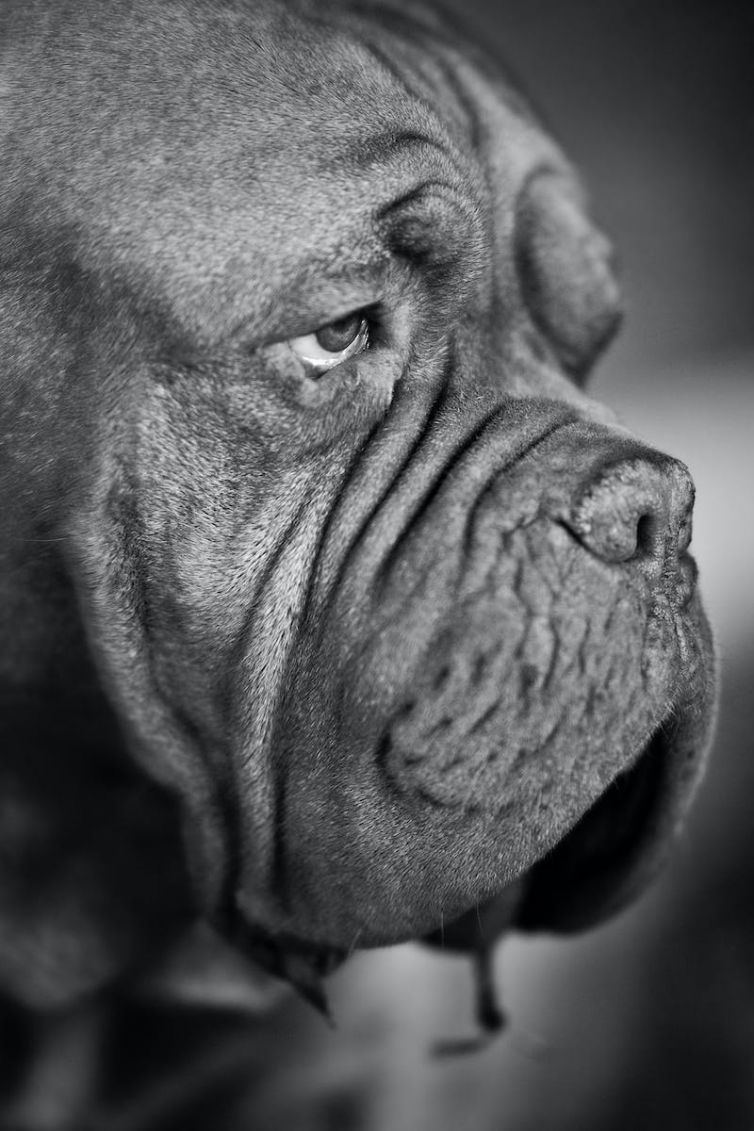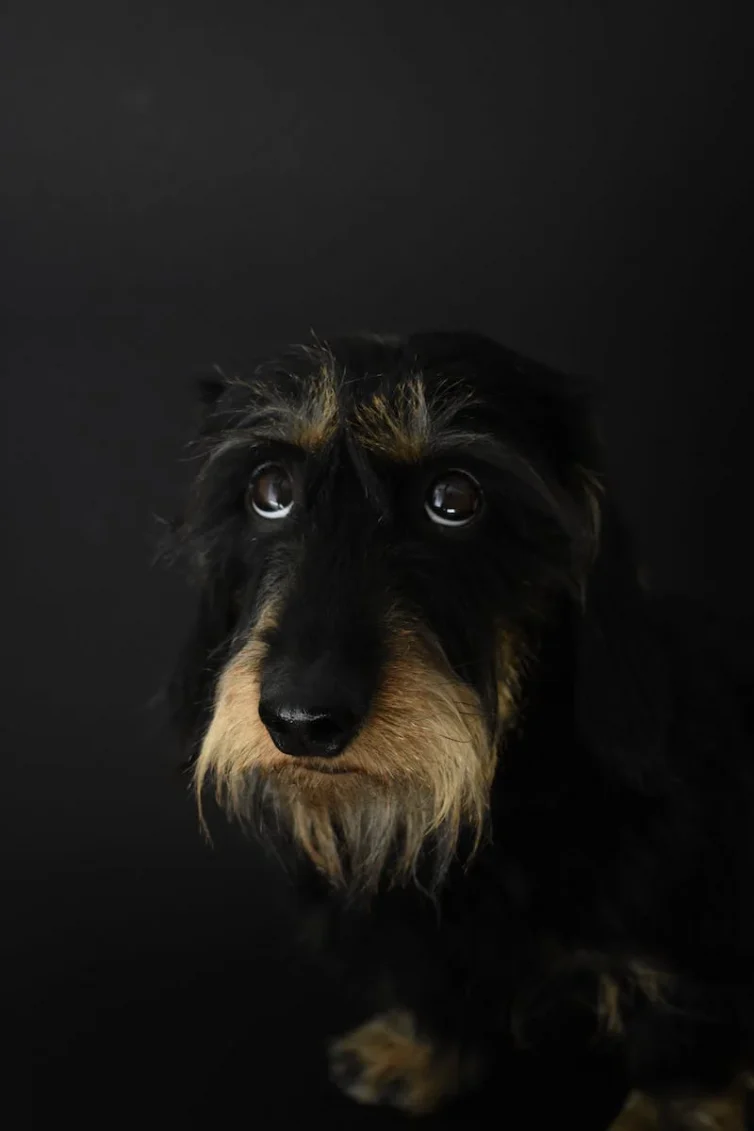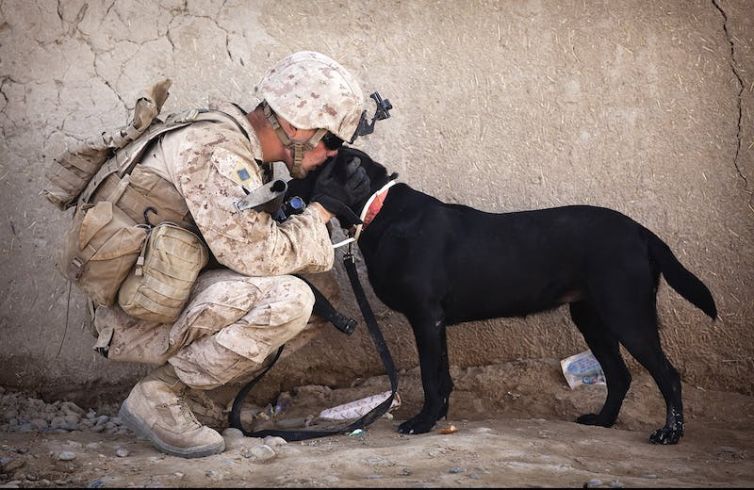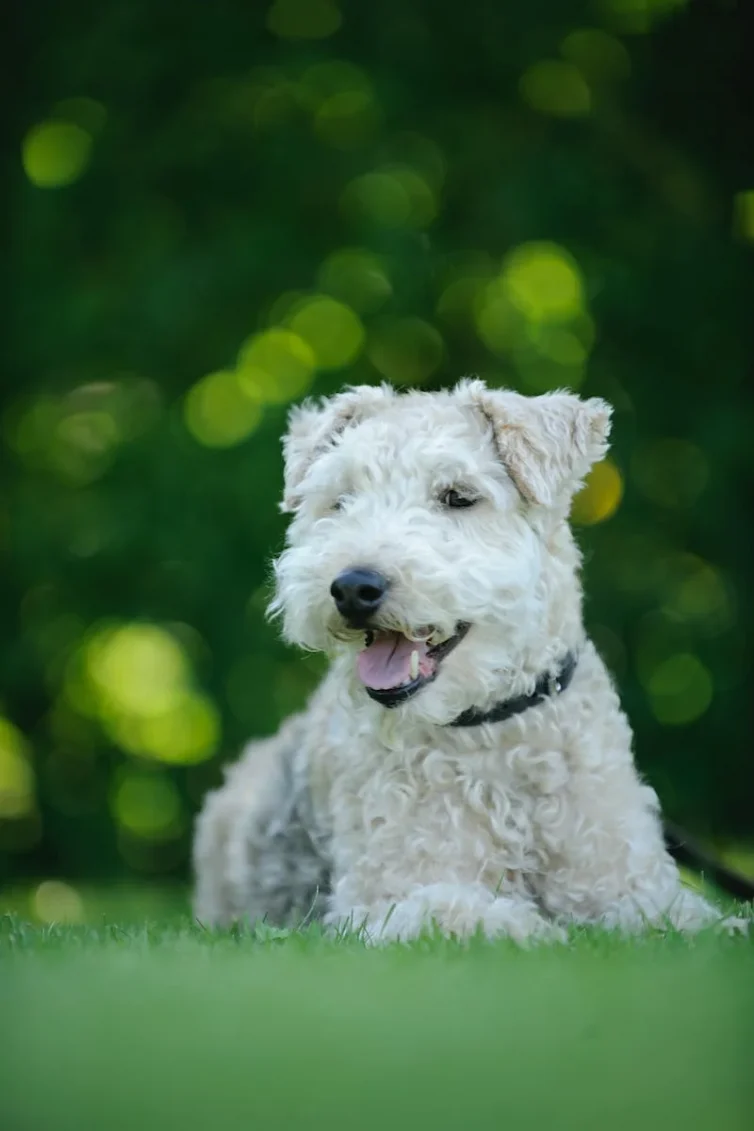Unleashing the Art of Dog Photography: A Guide to Capturing Canine Beauty
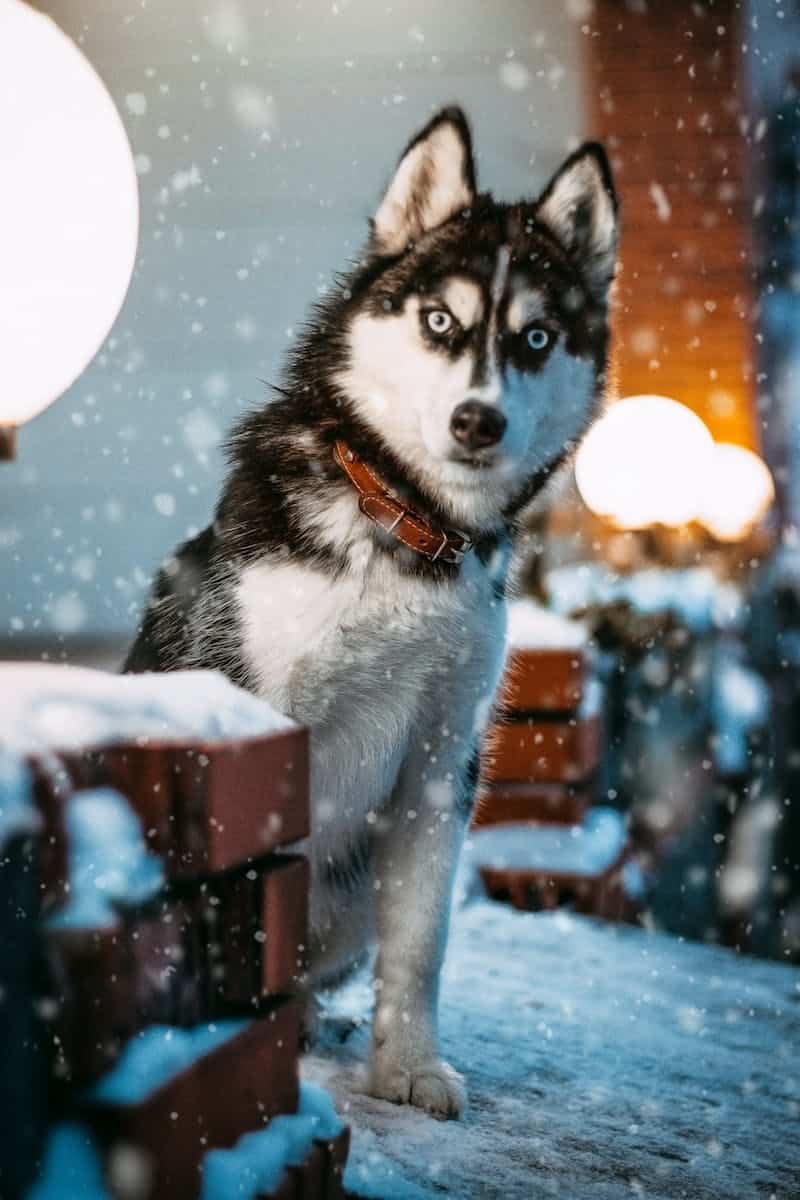
Mastering Dog Photography: Tips and Techniques
Photographing dogs can be a challenging but rewarding task. Capturing the essence of a dog’s personality and beauty in a single image requires a combination of technical skills, creativity, and patience. Whether you’re a professional photographer or simply looking to take better photos of your own furry friend, here are some tips for photographing dogs.
- Get to know your subject Before you even pick up your camera, take the time to get to know your subject. Spend some time with the dog, play with them, and observe their personality and behavior. Knowing the dog’s likes, dislikes, and unique traits will help you anticipate their movements and emotions when you are taking photos.
- Choose the right gear The type of camera you use to photograph dogs is not as important as your understanding of how to use it. However, a digital camera with a fast autofocus system and good image quality is ideal. A wide-angle lens can help you capture the dog’s entire body in a single frame, while a telephoto lens will allow you to zoom in and capture close-up shots. A tripod or monopod can also be helpful to keep your camera steady and take clear, sharp photos.
- Find the right lighting Good lighting is essential for capturing high-quality images of dogs. If you’re taking photos outdoors, try to find a shaded area or use a reflector to soften the light and avoid harsh shadows. If you’re indoors, try to position your dog near a window with natural light, or use a studio light or flash to illuminate the subject.
- Use props Props can be a great way to add interest and variety to your dog photos. A simple toy, a bandana, or even a colorful background can add depth and dimension to your images. Just be sure to keep the props simple and not too distracting so they don’t detract from the main subject – the dog.
- Focus on the eyes Eyes are one of the most important elements in dog photography. A dog’s eyes can convey emotion, personality, and character, so make sure they are in focus and clearly visible in your photos. You can also use the camera’s focus system to focus on the eyes and create a shallow depth of field, which will blur the background and bring attention to the eyes.
- Capture action and movement Dogs are full of energy and movement, so try to capture these elements in your photos. Shooting in burst mode (taking several photos in quick succession) will help you capture the dog in different stages of movement. You can also use a slow shutter speed to create a sense of movement and flow in your images.
- Experiment with angles and perspectives Experimenting with different angles and perspectives can help you capture unique and interesting photos of dogs. Get down low to the dog’s level, or try taking photos from above to give a different perspective on the subject. Experiment with different angles and perspectives until you find the ones that work best for your subject.
- Be patient Photographing dogs can be a challenge, especially if they’re not used to being in front of the camera. Be patient and take your time, and let the dog get comfortable and relax before you start taking photos. Reward your subject with treats and praise, and don’t be afraid to take breaks if the dog gets restless.
- Edit and post-process your images Once you’ve taken your photos, it’s important to edit and post-process your images to bring out the best in each photo. Adjust the brightness, contrast, and saturation as needed, and remove any blemishes or distractions in the image. You can also use editing tools to add special
In conclusion, capturing stunning images of dogs requires a combination of technical knowledge, creativity, and patience. Whether you are a professional photographer or simply looking to improve your pet photography skills, the tips and advice provided in this article will help you to achieve the best results. However, even the most experienced photographers can benefit from the services of professional photographers from Clou Media. The talented photographers at Clou Media have the expertise and equipment necessary to produce high-quality, visually stunning images that will showcase your furry friends in the best light possible.
By working with the photographers at Clou Media, you can ensure that your dog photography efforts are supported by images that are both beautiful and impactful. So, whether you are looking to promote your pet-related business or simply want to create a lasting memory of your beloved four-legged friend, the experts at Clou Media are here to help!



